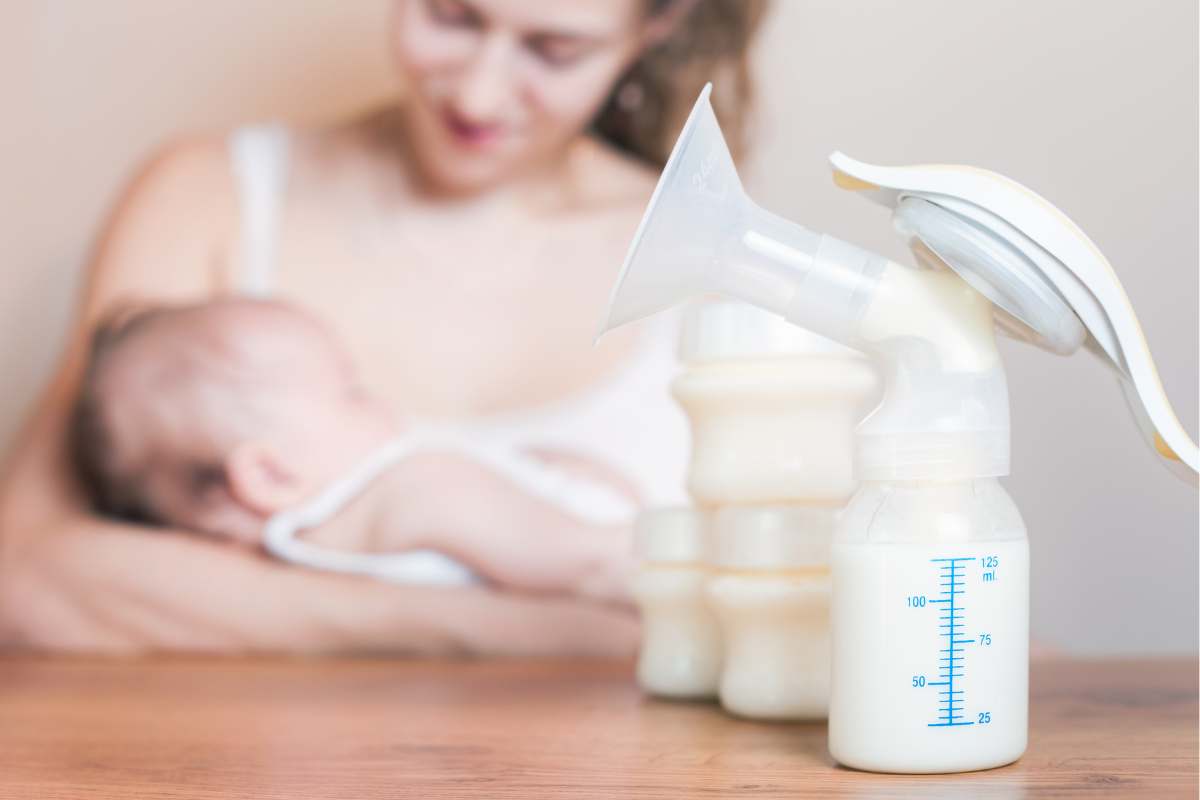Understanding the challenges (and smart ways to overcome them)
Pumping breast milk can be a lifesaver for many parents — offering flexibility, freedom, and a reliable way to nourish your baby even when you’re apart. But while pumping has many advantages, it’s not always easy. From time demands to equipment hassles, it can also come with a few challenges that every mom deserves to know about.
Let’s explore the main disadvantages of pumping breast milk — and how smart tools like the DISONCARE Breast Milk Cooler can make the process smoother, safer, and more convenient.
⏰ 1. Time-Consuming
Pumping takes time — both to express and to clean up. Unlike direct breastfeeding, which involves minimal preparation, pumping requires setting up equipment, sterilizing parts, and storing milk properly.
🧠 Tip: Create a routine. Try to pump at consistent times each day to maintain supply and reduce stress.
🧼 2. Cleaning & Sterilizing Equipment
After every pumping session, you’ll need to clean bottles, flanges, valves, and tubing — which can feel endless, especially during night sessions.
🧠 Tip: Keep a second pump set if possible, or use quick-clean microwave steam bags for convenience.
💔 3. Reduced Physical Bonding
Pumping replaces some of the physical closeness of direct breastfeeding. For some mothers, this can feel emotionally distant or less connected.
🧠 Tip: Try “skin-to-skin” cuddles during feeding time — even if your baby is drinking pumped milk. Emotional connection doesn’t depend only on breastfeeding.
💧 4. Supply Fluctuations
Milk supply can vary with pumping frequency, stress, hydration, and sleep. Unlike a baby’s natural suckling, pumps may not always stimulate supply as effectively.
🧠 Tip: Massage breasts gently before and during pumping, and stay hydrated. Power-pumping sessions can also help boost production.
💰 5. Cost of Equipment
Pumps, bottles, cooler bags, and replacement parts can add up over time — especially if you’re exclusively pumping.
🧠 Tip: Check your insurance — in many regions, breast pumps are partially or fully covered. Investing in quality equipment saves time and effort long-term.
🧊 6. Storage and Temperature Management
One of the biggest overlooked challenges is keeping breast milk at a safe temperature, especially when you’re away from home or traveling.
That’s where a reliable cooler, like the DISONCARE Portable Breast Milk Cooler, becomes essential.
💡 Why It Helps:
-
Maintains a stable cooling range (2–8°C / 36–46°F) for up to 48 hours.
-
Compact and stylish design for daily commutes or travel.
-
Prevents spoilage and ensures milk stays fresh — no matter where you are.

📚 References:
-
Centers for Disease Control and Prevention (CDC) – Proper Storage and Preparation of Breast Milk
-
American Academy of Pediatrics – Breastfeeding and Pumping Tips
🌷 Final Thoughts
Pumping breast milk is an incredible act of love and dedication — but it’s okay to admit that it can be hard. The key is finding a balance that works for you.
With the right tools and support — like a reliable breast pump, a cooler for safe storage, and a routine that fits your life — you can turn the challenges of pumping into a smoother, more empowering experience.
Every drop counts. Every effort matters. 💙
Featured Product:
🧊 DISONCARE Portable Breast Milk Cooler — Designed for busy moms who need peace of mind and safe milk storage wherever life takes them.

